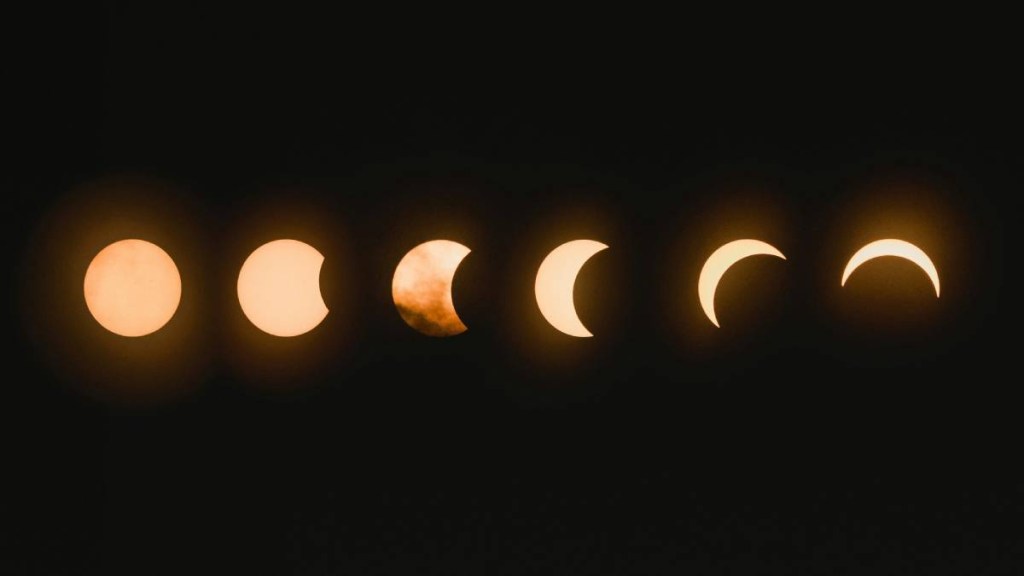February, a month filled with cosmic wonders for sky gazers to enjoy several celestial events. From meteor showers to the Snow Moon, here’s what to look forward to:
Alpha Centaurid Meteor Shower (February 8):
The ongoing α-Centaurid meteor shower, also known as Alpha Centaurids Meteor Shower, started on January 28 and will be active until February 21. Named after the fourth brightest star, Alpha Centauri, it is visible from the Southern Hemisphere. In Delhi, the peak activity is expected around 1:00 am on February 9.
New Moon (February 9):
On February 9, the Moon will enter its “new” phase. While not visible to the naked eye, this phase is ideal for observing other celestial objects like the Milky Way and constellations, as the side facing Earth remains unilluminated.
The Moon’s four-week revolution around Earth includes phases such as the new moon, the first quarter, the full moon, and the last quarter, repeating every 29.5 days. The moon’s motion causes it to rise and set about an hour later each day.
Close Approach of Moon and Jupiter (February 15):
On February 25 at around 11:35 pm, Jupiter and the Moon will appear close, within 3 degrees of each other. Visible to the naked eye and through binoculars, this celestial event will be observed above the southwestern horizon in Delhi from 6:24 pm to 11:39 pm.
Close Approach of Venus and Mars (February 22):
Venus and Mars will make a close approach on February 22 at 3:16 pm, visible to the naked eye and through binoculars. However, this event won’t be visible from India.
Snow Moon (February 24):
The full moon in February, known as the Snow Moon, reaches its peak splendour at 6:00 am on February 24. Named after the Northern Hemisphere’s abundant snowfall during this time, it promises a breathtaking lunar display.

